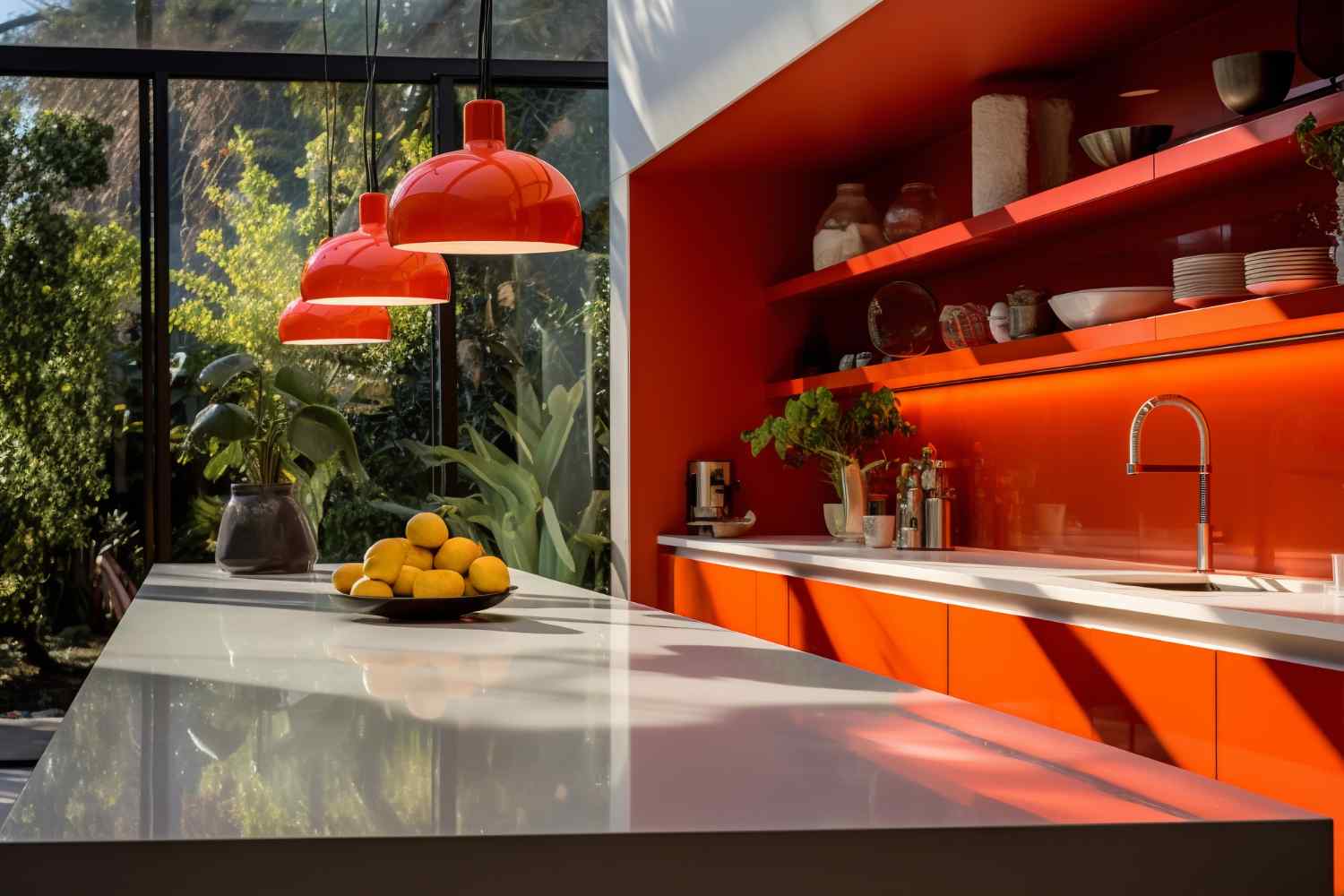
An orangery is a blend of a single extension and conservatory. It’s a nice way to add a lovely living space to your home. With considerable glass work, significant natural light can enter your home.
It generates a spacious look for your home and keeps you fresh. Let’s look at how it’s useful and some key points regarding its planning and design. We will also discuss rules for installing an orangery. So, let’s begin:

Orangery needs proper planning from the start to the end so that you end up with an outstanding project worth its investment. Planning and design include making useful drawings, considering all the important parameters and estimating the required budget.
A measured survey is the base through which the experts will take accurate measurements and use these stats to draw helpful drawings representing the picture of your completed orangery. This is the base step, as this will unlock the true potential of the project.
Extending on to planning is deciding the position and purpose of the orangery, like for what purpose you want it. Whether you have to use it as a kitchen or a sitting area, decide about it earlier as it will affect your planning.
Size is another critical factor as it will bring you the true happiness of enjoying your orangery. Try looking at your rooms and decide how much you can expand your orangery.
To enjoy a well-finished and well-furnished orangery, you must also finalise its design. Make sure to consult with your architect.
While fulfilling your accommodation needs is the primary purpose of your orangery, you must not ignore your preferred specifications, as with the help of these, you will be able to enjoy the real experience of orangery.
Specifications like glazing will help you to manage temperature in summer and winter. Likewise, insulation will also have a similar effect on temperature regulation.
Apart from these aspects, there are some other important points that you should consider:

Remember, although an orangery is a lovely place in your home, it demands complying with certain rules:
There are many options you can choose to change the roof, base, door style and interior of the orangery. Let’s look at all of them one by one.
An Edwardian orangery is characterised by a square or rectangular floor plan having distinct bold lines that symbolise the Edwardian era.
A Victorian orangery has a bit of a gothic appearance and round and bay windows. People also tend to use metal frameworks with tasteful filigree details so that their orangery looks like a Victorian one.
A Gable-fronted orangery features a squared-off design that aptly fits with your house. This orangery will also bring in more light and make your home look more spacious.
A lean-to orangery relies on the outer wall of your home and, ultimately, depicts a leaning structure.
When it comes to having some new thing for the base of the orangery, there are two possible options.
Brick and stone are traditional materials that make a seamless blend with your home.
Glazing with metal gives a luxurious look and panoramic view and gives more space to install full-length bi-fold doors.

French doors are bog-standard double doors and an affordable choice, giving excellent views.
Sliding doors look like French doors and are a preferable option if your orangery opens up to a small area.
Bi-fold doors are composed of a series of glazed panels, giving a panoramic view. Unlike sliding and French doors, these doors use a folding mechanism to open.
When you have to alter the theme and look of the interior, below are some probable options:
You can place mini plants or hanging pots, or you can place a large plant in empty corners to produce a green and catchy look.
If you love to give a countryside look to your orangery interior, then rustic country is a good option. You can match wooden installations with stones to get your desired look.
Place vintage furniture, old items and black filigree frames to generate a Victorian look for your interior.
No, you do not need planning permission, as having a new orangery falls under permitted development rights.
You may need to apply for planning permission to install an orangery if you live near a conservation area, in the vicinity of national heritage, or a flat or maisonette.
The cost is a variable factor depending on the type and style of the orangery and the amenities installed. The average cost for a small orangery with a low-end finishing is £10,000 to £12,000, whereas for large orangery with a high-end finishing, the cost is £45,000 to £60,000. Notably, these estimated costs are void of 20% VAT.
Again, the time for your orangery is based on several factors: the type of orangery, style, and whether there is a need for a planning permission application. The overall process can take around 8 months to complete the orangery.